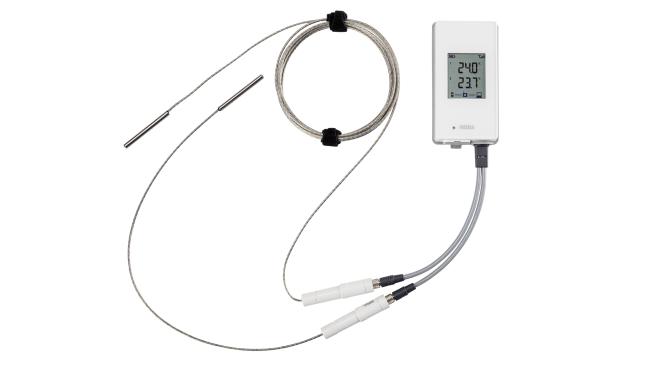Integrating Environmental Monitoring System Data into Quality Management Systems
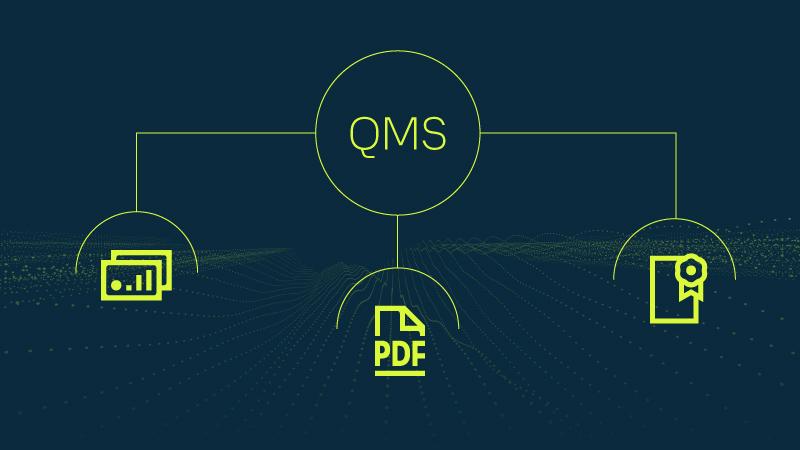

In this application note, you will learn from an industry expert how to ensure your Quality Management System can withstand regulatory scrutiny. To maintain compliance and optimize operations, integrating Continuous Monitoring System (CMS) or EMS data with a Quality Management System (QMS) ensures effective processes, meets compliance needs, and safeguards patient safety.
Introduction
In pharmaceutical manufacturing, environmental conditions can make or break product quality. From temperature and humidity to air quality and pressure differentials, maintaining strict control over these factors isn’t just a best practice…it’s a regulatory necessity. That’s where an Environmental Monitoring System (EMS) comes in, tracking and recording critical environmental data to ensure compliance and product integrity. But, while collecting this data is essential, what truly makes the difference is how the data is used.
Many companies struggle with scattered monitoring systems and manual data logging while trying to keep up with regulatory expectations. The solution? Seamlessly integrating EMS data into a Quality Management System (QMS). This isn’t just about ticking compliance boxes; it’s about building a smarter, more efficient way to manage environmental controls.
In this application note, we’ll explore why EMS-to-QMS integration is more than just a technical upgrade — it’s a strategic move that simplifies audits, enhances decision-making, and ultimately protects product quality. We’ll break down what the regulators expect, how to implement a system that works, and why getting this right saves time, money, and compliance headaches in the long run.
Regulatory agencies such as the FDA, EMA, and ISO don’t simply suggest environmental monitoring; they require it. Failing to comply can lead to costly investigations, production delays, and even product recalls. So, what exactly do these agencies expect when it comes to environmental monitoring and data integrity?
Regulatory Landscape: What You Need to Know
FDA’s 21 CFR Part 11: Keeping Electronic Records Secure
The FDA’s 21 CFR Part 11 sets the standard for electronic recordkeeping. If you’re collecting environmental data digitally (and you should be), your system needs to ensure that records are:
- Accurate and Attributable – You must be able to trace every entry back to its source.
- Tamper-Proof – No unauthorized changes allowed; audit trails must track every modification.
- Secure and Validated – Systems must undergo Installation Qualification (IQ), Operational Qualification (OQ), and Performance Qualification (PQ) to ensure they work as intended.
- Access-Controlled – Electronic signatures and role-based permissions must be in place to prevent unauthorized changes.
EU GMP Annex 1 & 11: Contamination Control and Digital Compliance
For companies operating in the EU, Annex 1 is particularly important for sterile manufacturing. Regulators want continuous monitoring in place to prevent contamination, which means:
- Real-time alarms for environmental deviations.
- Comprehensive particulate monitoring to meet ISO 14644 cleanroom classifications.
- Data-backed decisions ensuring environmental stability before batch release.
Meanwhile, Annex 11 focuses on the integrity of digital systems, requiring EMS data to be fully traceable, validated, and protected against system failures. If your monitoring system is not aligned with these guidelines, you are not only risking compliance…you are risking product quality.
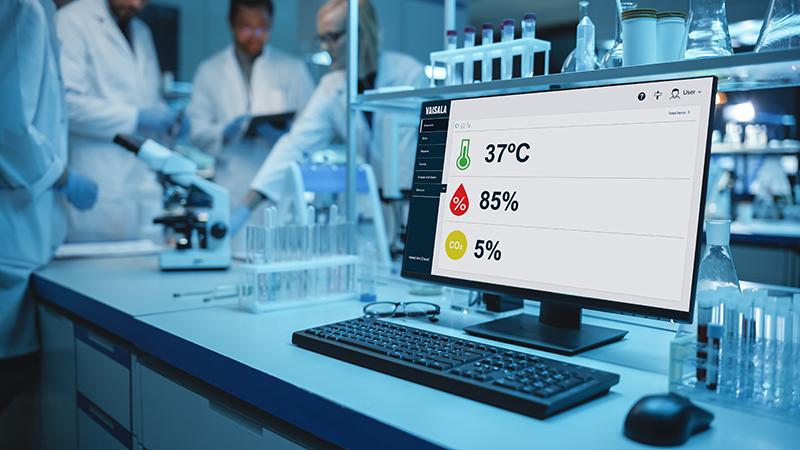
Why Environmental Monitoring Data matters in Quality Management Systems
Think of your Quality Management System (QMS) as the nerve center for compliance and decision-making. Now imagine if critical environmental data lived outside of it, scattered across spreadsheets, handwritten logs, or unstructured reports. Sounds like a compliance nightmare, right?
That’s why integrating EMS data into your QMS is a game-changer. It ensures that environmental monitoring isn’t just happening…it’s actively contributing to quality control, risk management, and audit readiness. Here’s how it makes a difference:
1. Real-Time Monitoring & Automated Alerts
Instead of relying on manual logs that could be outdated by the time they’re reviewed, integrated systems provide real-time tracking of environmental factors like temperature, humidity, CO₂ levels, and pressure differentials. With automated alerts, teams can respond instantly to deviations, preventing small issues from escalating into major quality risks.
2. Data Integrity & Security Without the Headaches
Part 11 compliance isn’t just a regulatory hoop to jump through…it’s a safeguard against data tampering, accidental loss, and security breaches. Integrated EMS-QMS solutions offer automated audit trails, encrypted records, and secure authentication protocols, ensuring that every piece of environmental data is protected and easily traceable.
3. Batch Record Efficiency & GMP Compliance
Batch records are a cornerstone of pharmaceutical manufacturing. When EMS data is automatically linked to batch records within the QMS, it eliminates manual documentation errors and ensures a complete, compliant record for every product lot. This is particularly crucial for GMP compliance and FDA/EMA audits, where missing or inaccurate environmental data can delay product release.
4. Proactive Risk Management
Beyond compliance, integrating EMS with QMS gives companies a strategic advantage by enabling predictive quality management. Advanced analytics and trend tracking can identify potential environmental risks before they impact production, allowing teams to take corrective action proactively.
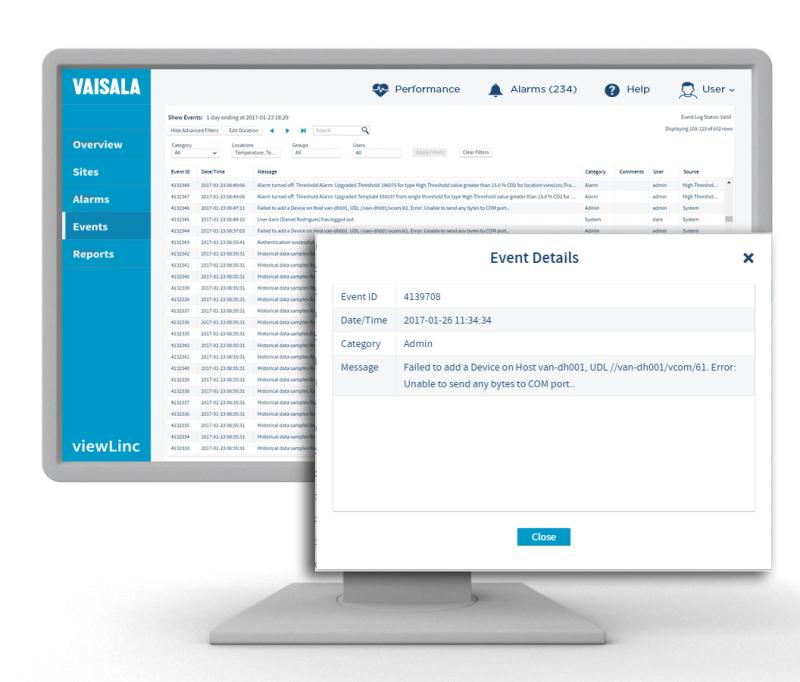
Best Practices for a Seamless Integration
So, how do you make EMS-QMS integration work for your facility? The good news is that the technology is already available…it's just a matter of applying the right approach.
1. Choose the Right Integration Method
- Direct System Integration: Best for real-time monitoring and compliance automation.
- API & Automated Data Transfers: Ensures seamless communication between EMS and QMS platforms.
- Manual Uploads (Least Preferred): Acceptable for smaller operations but prone to human error.
2. Standardize Batch Record Reviews
- Ensure that EMS data flows directly into batch records, supporting faster and more accurate decision-making.
- Use automated reporting tools to compile environmental monitoring reports that are always audit-ready.
3. Validate & Secure Your Data
- Conduct routine system validation (IQ, OQ, PQ) to ensure compliance and functionality.
- Implement user access controls to prevent unauthorized changes or data manipulation.
- Schedule regular audits and reconciliations to ensure traceability.
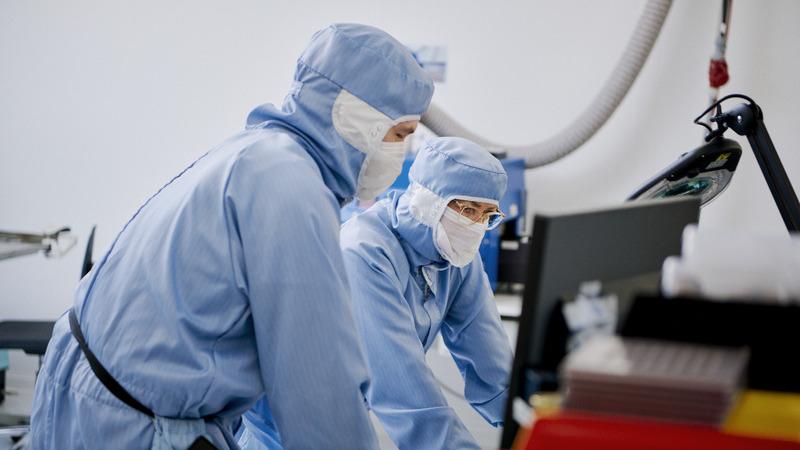
Making the Transition: Implementation & Resource Planning
Integrating EMS data into a QMS isn’t an overnight project, but with the right planning, it can be a smooth transition.
For a small-scale implementation, it might take 6 months to set up system connections, validate data transfers, and train staff. Larger implementations, covering multiple facilities and cleanrooms, can take two years or more but offer significant long-term benefits.
Who Needs to Be Involved?
- IT & Facilities Teams: Oversee system setup, cybersecurity, and maintenance.
- Environmental Monitoring Specialists: Define sensor placements and calibration needs.
- Quality & Compliance Teams: Ensure system validation and regulatory alignment.
- Operations & Manufacturing Leads: Utilize data to optimize production and prevent disruptions.
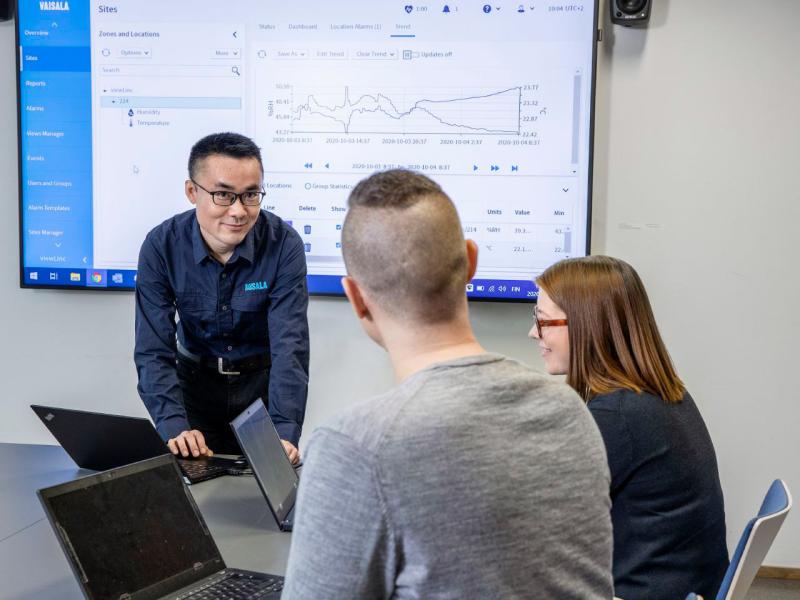
Final Thoughts
Bringing EMS data into your QMS is more than just a regulatory necessity…it’s a smart business move. By integrating real-time monitoring, automated compliance tracking, and predictive analytics, manufacturers can reduce risk, improve efficiency, and enhance product quality.
Whether you’re planning a new integration or improving an existing system, the key is ensuring that your environmental data isn’t just collected…it’s used effectively. When EMS and QMS work together, compliance becomes easier, audits run smoother, and your operations stay one step ahead.
With regulatory scrutiny only increasing, now is the time to take control of environmental data and use it to your advantage. The right integration strategy doesn’t just help you meet compliance standards…it transforms the way you manage quality altogether.

About the author
Harold Woods, Senior Director of Maintenance, Facilities, and Engineering
A seasoned operational leader with over 25 years of experience leading teams through high profile, high stress, and fast-paced environments, Harold has an impressive track record of meeting challenges head-on and driving positive impact. With extensive experience in Operations, Manufacturing, Facilities Management, Manufacturing Automation, and Engineering leadership, he has proven his ability to optimize processes, reduce costs, and enhance efficiency across the pharmaceutical industry.
He has successfully directed operations at various sites across multiple manufacturing locations. Harold has been accountable for facilities management, technical operations, and infrastructure performance, ensuring compliance with stringent regulatory standards for multiple biopharmaceutical firms.
Webinar: Winning the Quality Management System Battle: Integrating Environmental Monitoring Data
Discover How to Streamline Compliance & Quality Management
In this webinar with guest speaker Harold Woods, you'll learn how to make your environmental monitoring data the most efficient component of your QMS. You’ll leave with practical strategies for:
- Implementing best practices for data collection and storage.
- Ensuring seamless integration with your QMS.
- Enhancing compliance with global quality regulations.
Why monitor with viewLinc Continuous Monitoring System?
Unmatched Measurement Flexibility, Superior System Reliability
Refined over two decades, viewLinc ensures compliance, accuracy, and ease of use for GxP-regulated and critical environments.
Choose from viewLinc Enterprise Server for on-premises monitoring or viewLinc Cloud SaaS.
Built for Data Integrity
- Tamper-proof records and secure audit trail for compliance
- Tours & on-screen prompts to guide users
- GxP-compliant user access controls and segregation of duties
- Multistage alarms with escalation
- Reports that comply with FDA CFR 21 Part & Annex 11
Flexible Integration
- VaiNet wireless data loggers self-identify within viewLinc, for easy installment and deployment
- viewLinc validation — from IQOQ protocols to GxP support documentation — streamlines validation efforts
- viewLinc PoE and wireless data loggers support Modbus, analog outputs, thermocouples, and dry contacts for door monitoring
- For cleanrooms, Vaisala’s CAB100 integrates viewLinc with our industry-leading sensors to measure almost all critical parameters with one easy-to-use monitoring system
How to integrate viewLinc ES data to other systems
Vaisala’s viewLinc Enterprise Server seamlessly integrates with other systems via Vaisala's OPC UA or the viewLinc API, enabling efficient data sharing.
OPC UA Integration:
- OPC UA (Open Platform Communications – Unified Architecture) provides a standardized, secure method for connecting systems that use different protocols.
- The Vaisala OPC UA Server allows third-party OPC UA-compatible systems—such as data historians and manufacturing execution systems—to access measurement data from viewLinc Enterprise Server without custom development.
viewLinc API Integration:
- For systems that do not support OPC UA, the viewLinc API offers a flexible alternative. This software development toolkit enables real-time and historical data extraction, alarms, and event sharing.
- Unlike OPC UA, API integration requires custom software development but provides detailed documentation, function calls, and sample code to assist developers.
Note: Both integration methods allow unidirectional data flow—data can be extracted from viewLinc, but not imported into it.
Learn more
viewLinc products and services
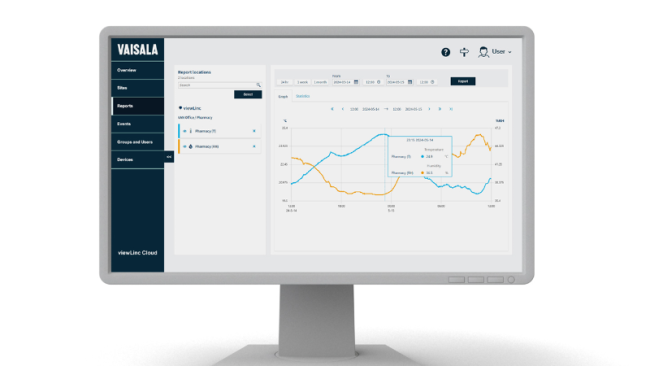
viewLinc Enterprise Server Monitoring, Alarming, Reporting
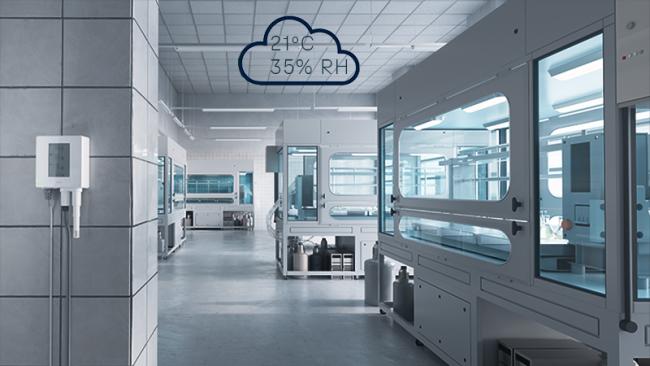
viewLinc Cloud (SaaS)

viewLinc Services & Support
